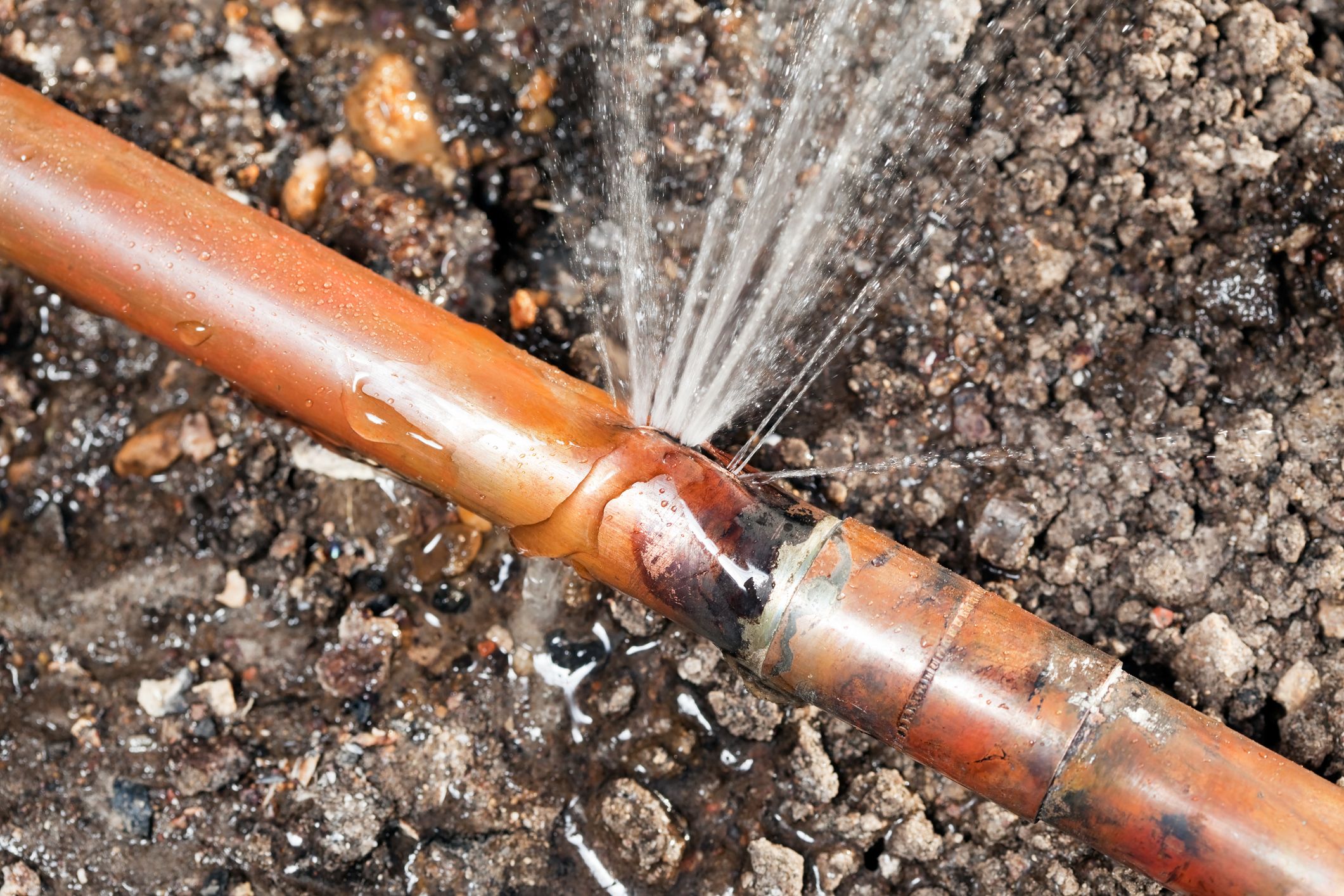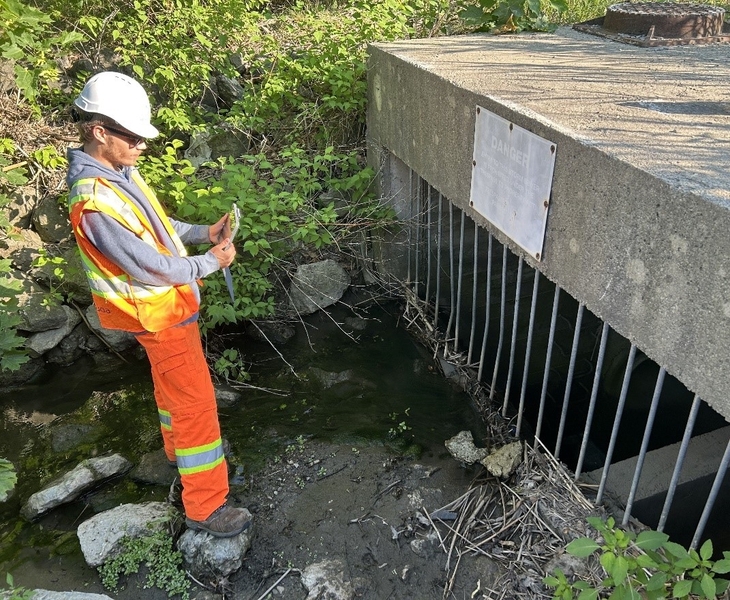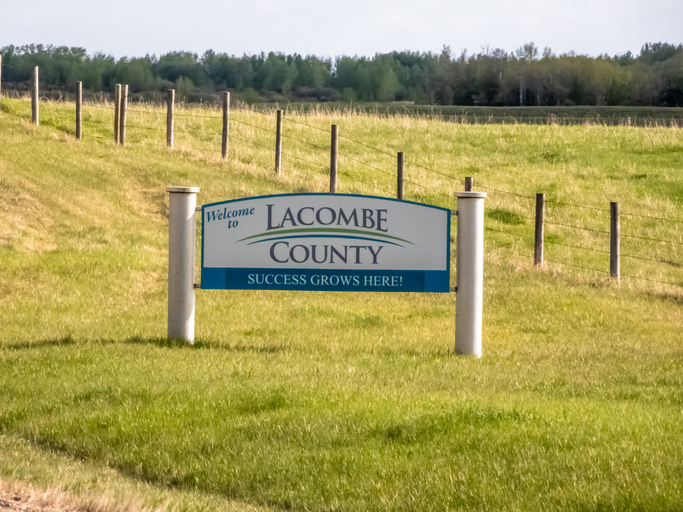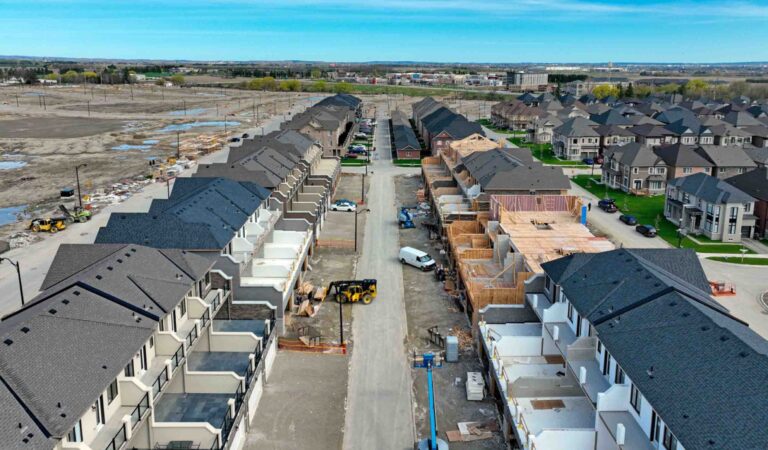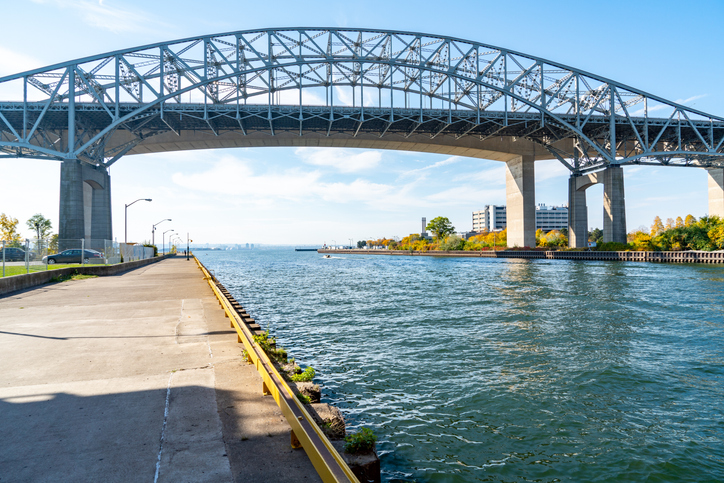The federal government must tackle the country’s massive infrastructure deficit and commit more money into waterworks, transit, and roads and bridges, the Residential and Civil Construction Alliance of Ontario (RCCAO) states in a submission to Infrastructure Canada.
“We commend the federal government for initiating Canada’s first-ever national assessment and applaud the forward-thinking it entails,” said RCCAO Executive Director Nadia Todorova. “As the government embarks on this sort of long-term planning, one thing must be kept top of mind: investing in capital projects is one of the best ways to create jobs and help our economy recover from the devastating effects of the pandemic and flourish thereafter.”
RCCAO’s submission emphasizes that infrastructure funding for capital projects should be based on evidence-based, business-case approaches and supported by asset management plans for municipal projects. Projects identified in these plans have been previously vetted and planned for at the municipal level. Therefore, by using asset management plans, this ensures that investment is targeted and addresses and prioritizes municipal need.
RCCAO maintains that consideration must be given to both multi-year, legacy-type infrastructure projects, such as the Ontario Line, as well as the less-glamorous, but no-less-vital, everyday, state-of-good-repair projects. These types of projects, the regular infrastructure maintenance work seen across cities year-round, are an important source of employment and ensure that critical infrastructure is operating efficiently and safely.
RCCAO highlights that there is a significant infrastructure deficit present across the country, with estimates ranging between $110 and $270 billion. In Ontario, the municipal infrastructure deficit is estimated at about $60 billion, with recent studies calculating that $34.7 billion is attributed to roads and bridges alone.
“Despite recent record infrastructure investments by federal and provincial governments, significantly more capital investments are necessary,” said Todorova. “We need to continue with current and future transit development projects, expanding our highways, dedicating funds to address aging water and wastewater systems, and streamlining the development and building approvals process in the GTA.”
The submission notes there needs to be a greatly expanded use of electronic permitting in the planning, engineering, and building permitting areas of infrastructure development. This would enable municipal, regional and provincial authorities and external agencies to be linked together on a common platform.
“Governments should work to foster innovative methods of doing business and leverage the expertise and knowledge of the infrastructure and construction industry as part of these efforts,” said Todorova. “We need to make sure that governments, industry, and stakeholders are working together to make the necessary infrastructure investments needed to keep Ontario and Canada competitive.”
A copy of the RCCAO submission is available here.

